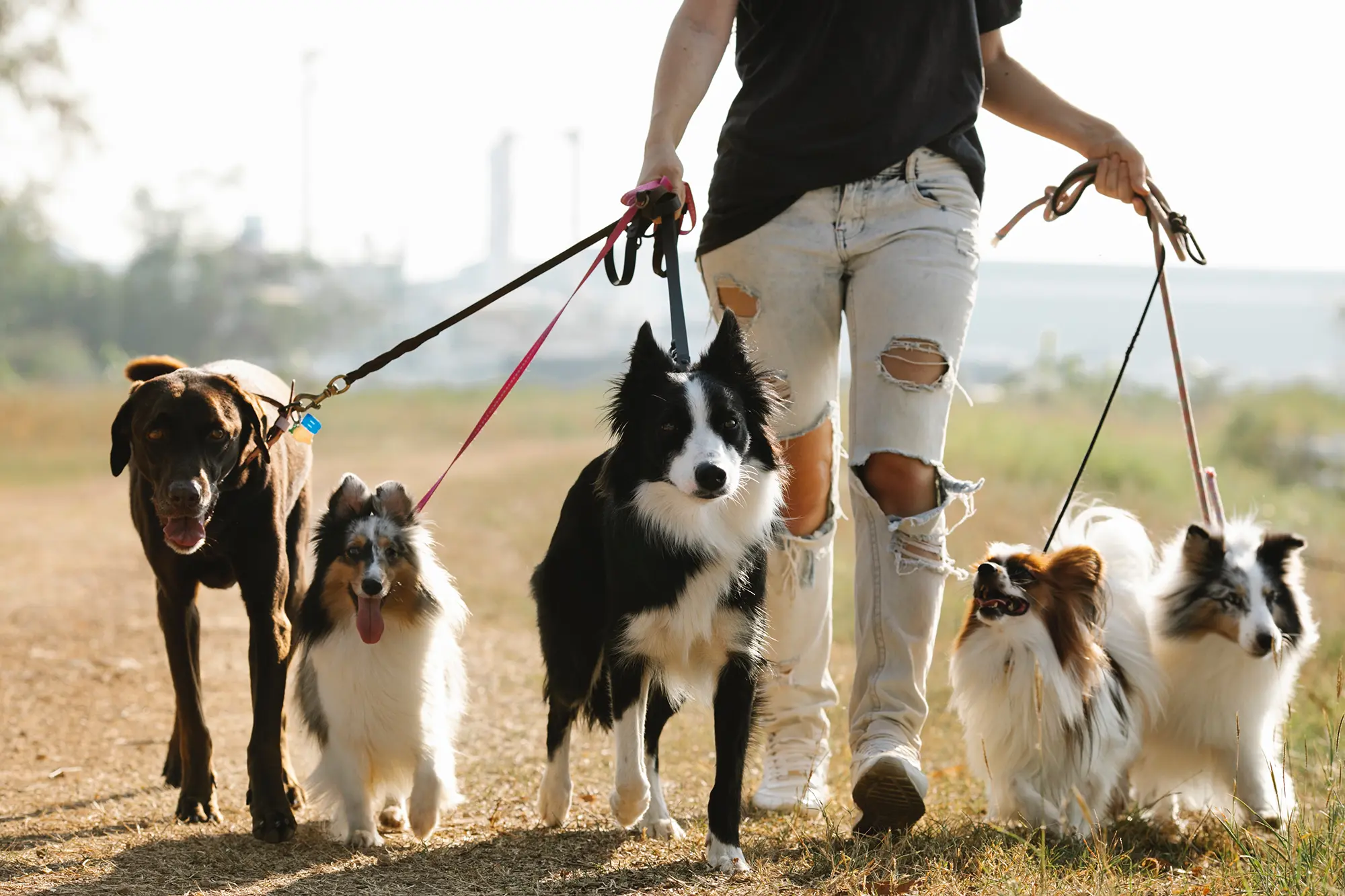training techniques for dogs
Author: PawPots Team
 29 Oct 2024
29 Oct 2024
 3 min
3 min Training your dog goes beyond teaching tricks; it's an opportunity to strengthen your relationship and promote a disciplined, joyful life for your pet. Whether you're starting as a new dog owner or refreshing your skills, here are some effective techniques to enhance your dog training efforts. These methods are easy to understand and apply in your daily routine.
1. Begin with Basic Commands
Start your dog's training by mastering simple commands such as "sit," "stay," "come," and "down." These basics lay the groundwork for more advanced behaviors and help in daily interactions. Maintain regular practice sessions to ensure consistency.
2. Employ Positive Reinforcement
Positive reinforcement, such as treats, praise, or play, effectively encourages good behavior. Always reward your dog for good behavior to promote repetition of those actions. Keep some healthy treats nearby, like PawPots snacks, which are great for training.
3. Limit Training Duration
Due to their short attention spans, especially in younger dogs, limit training to brief periods of 5 to 10 minutes. Multiple short sessions throughout the day are preferable to one long session, which can be tedious for both you and your dog.
4. Exercise Patience and Maintain Consistency
Training requires patience. Dogs may vary in their learning pace, so stay patient and consistent with your methods and commands. This helps your dog understand expectations and enhances training efficiency.
5. Socialize Your Dog Early
Introduce your dog to diverse environments, other dogs, and people to foster adaptability and reduce anxiety. Activities like regular park visits and dog playdates are great for socialization.
6. Select Appropriate Training Tools
A reliable leash, a comfortable collar, and various treats are essential. Tools like clickers can mark correct behaviors effectively when followed by immediate rewards. Choose tools that support rather than intimidate.
7. Steer Clear of Negative Reinforcement
Avoid methods that could cause fear or mistrust, such as scolding or physical correction. Instead, focus on rewarding the behaviors you want to see.
8. Instill Practical Life Skills
Teach your dog practical behaviors such as waiting at doors and behaving around food. These skills are crucial for your dog’s discipline and overall well-being.
9. Address Undesirable Behaviors Promptly
Act quickly if you observe problematic behaviors like excessive barking or aggression. Consult a professional if regular methods don’t work, as early intervention can prevent these behaviors from becoming habits.
10. Ensure Training is Enjoyable
Make sure training sessions are enjoyable for both you and your dog. Positive experiences accelerate learning and deepen your bond.
Conclusion
Dog training is an ongoing process that demands understanding, patience, and consistent effort. By using these simple yet effective techniques, you can ensure that your dog not only learns well but also enjoys the process. Tailor your approach to your dog’s unique needs to foster a disciplined, contented pet.

Give Back The Love
Show your love to your pets with our high-quality, delicious and healthy meals! Show your love to your pets with our high-
quality, delicious and
healthy meals!




